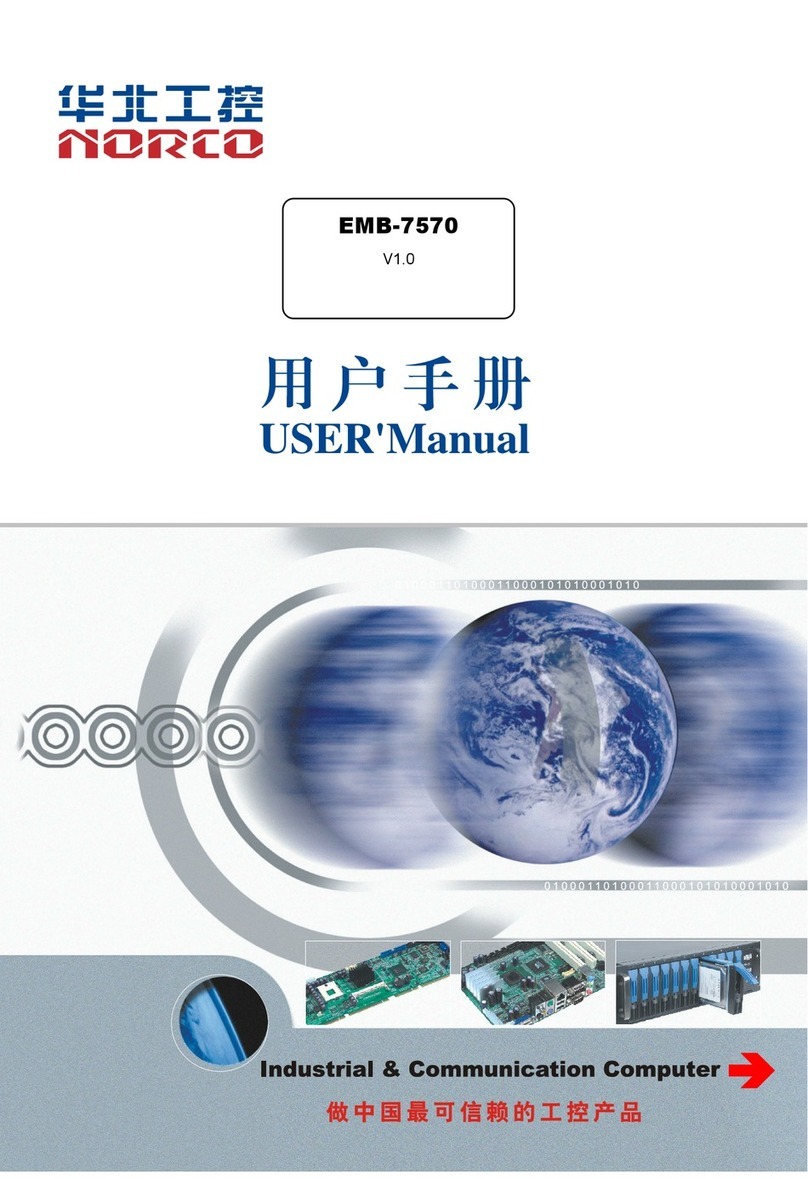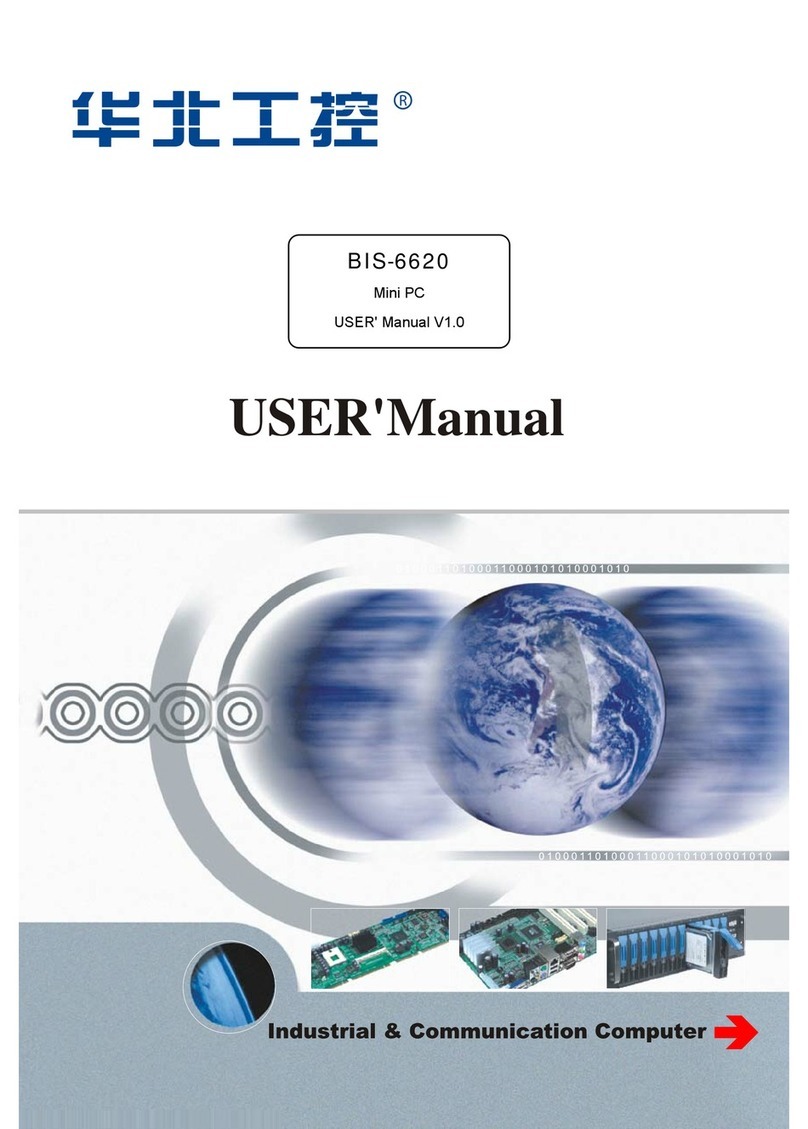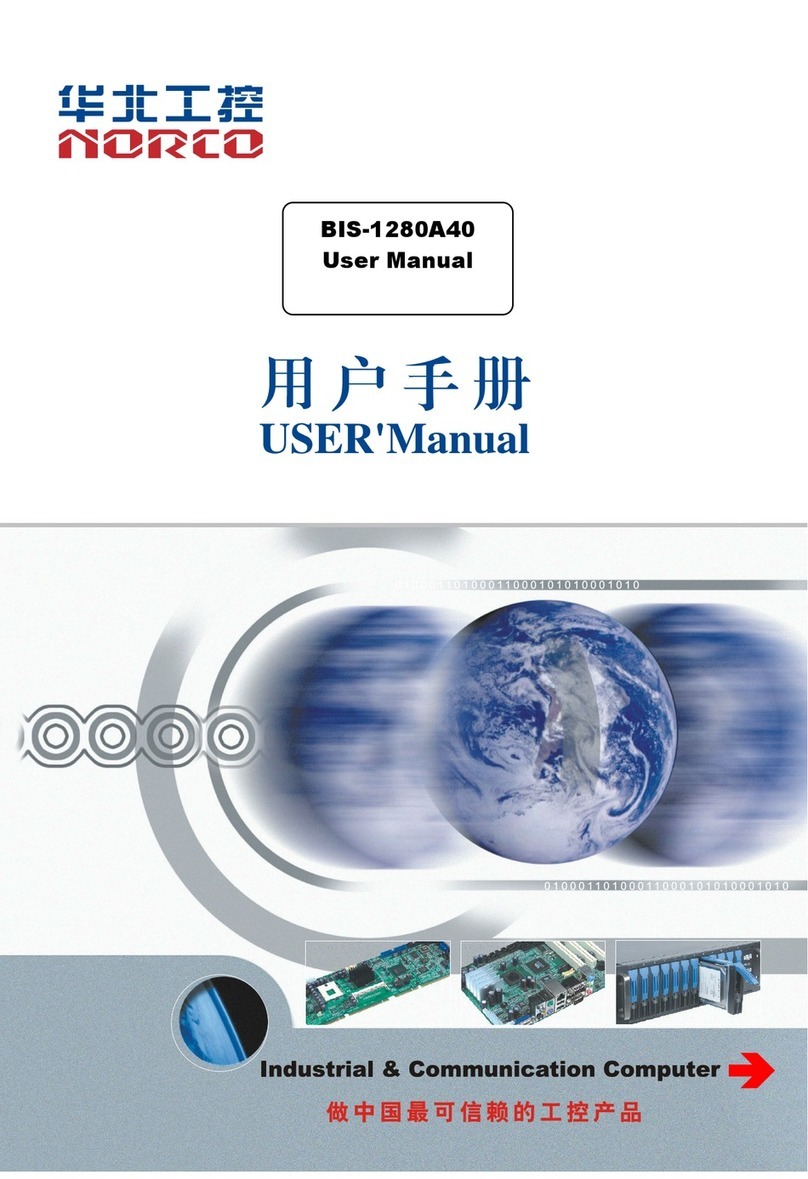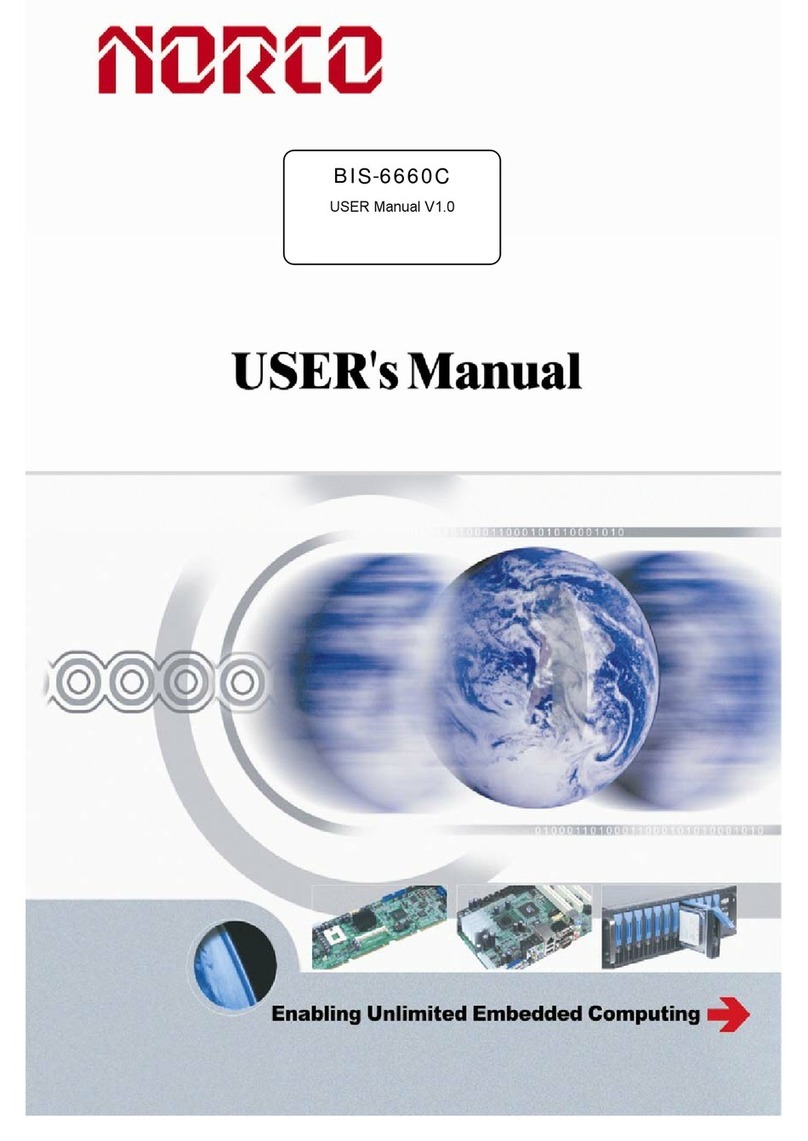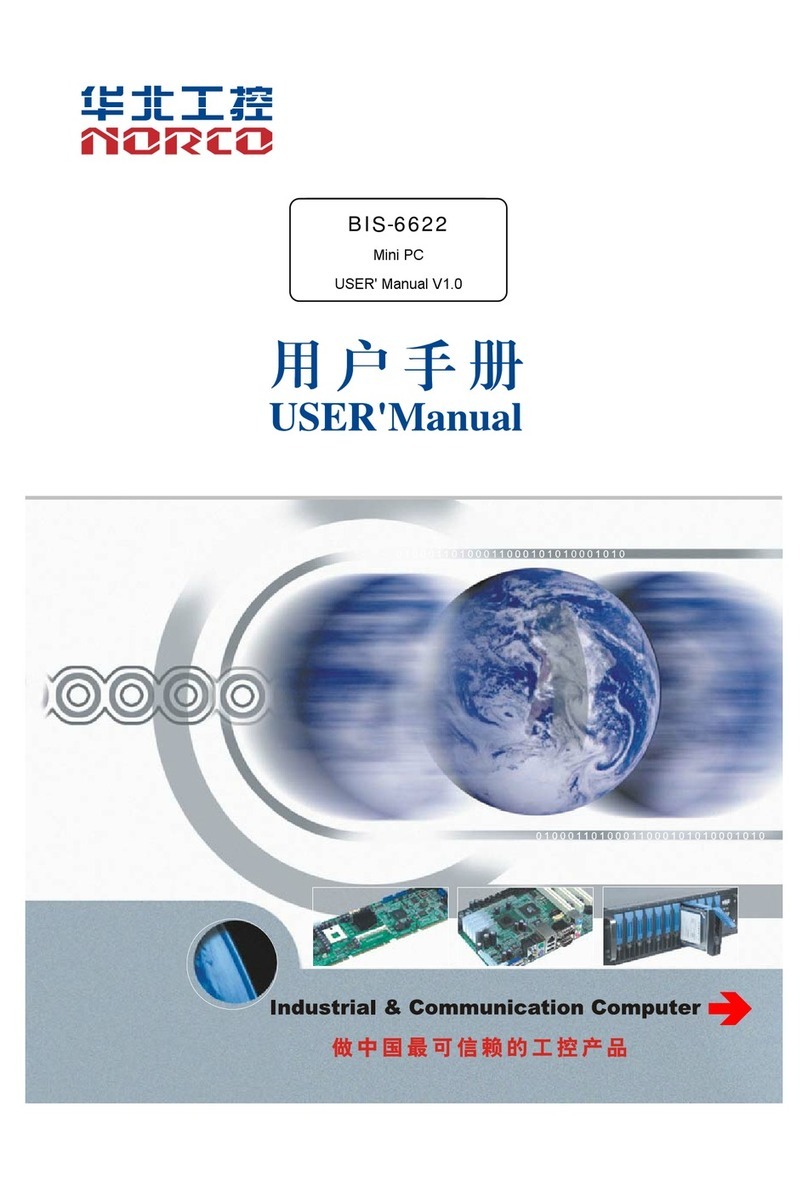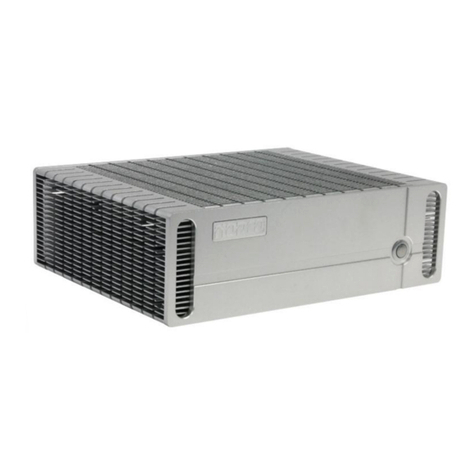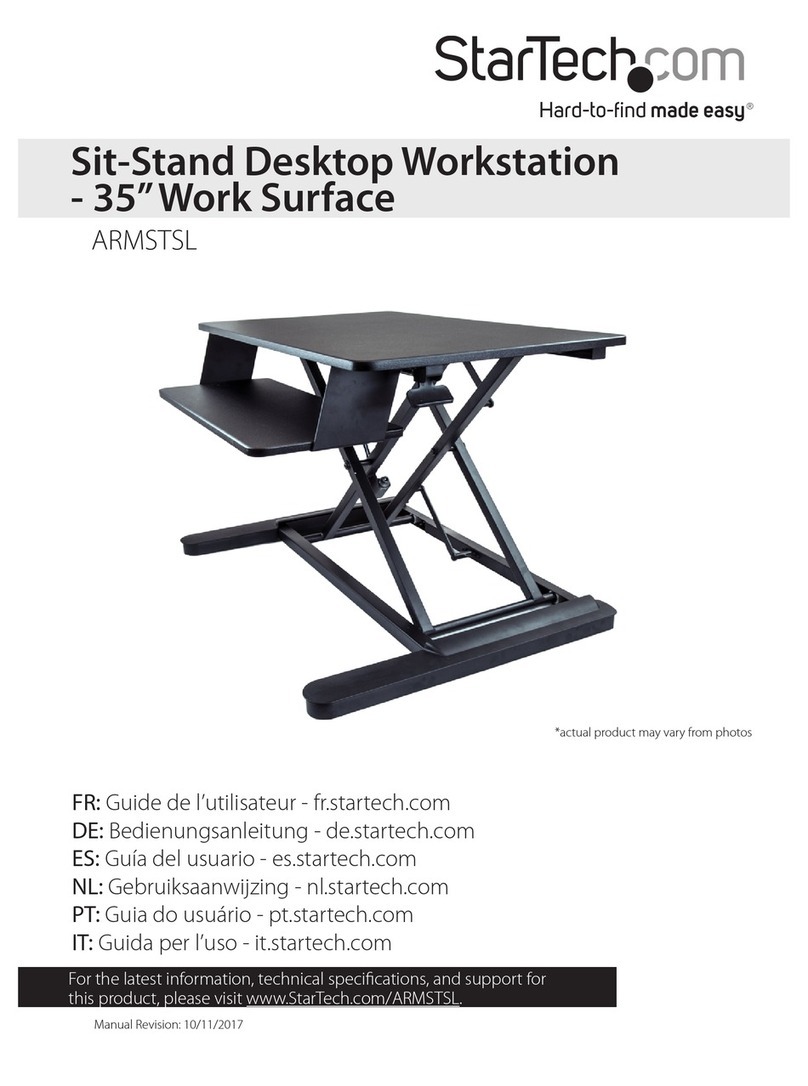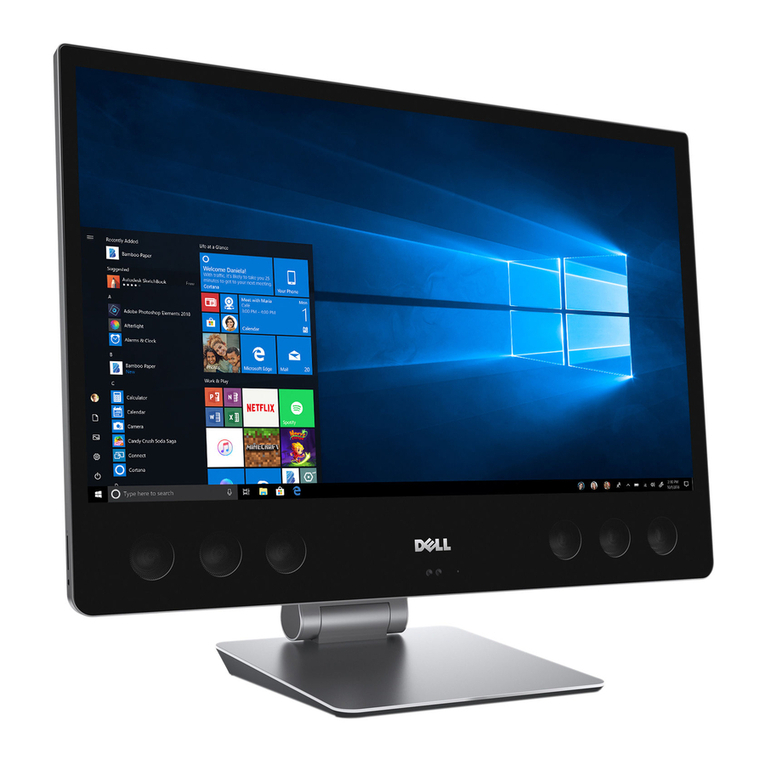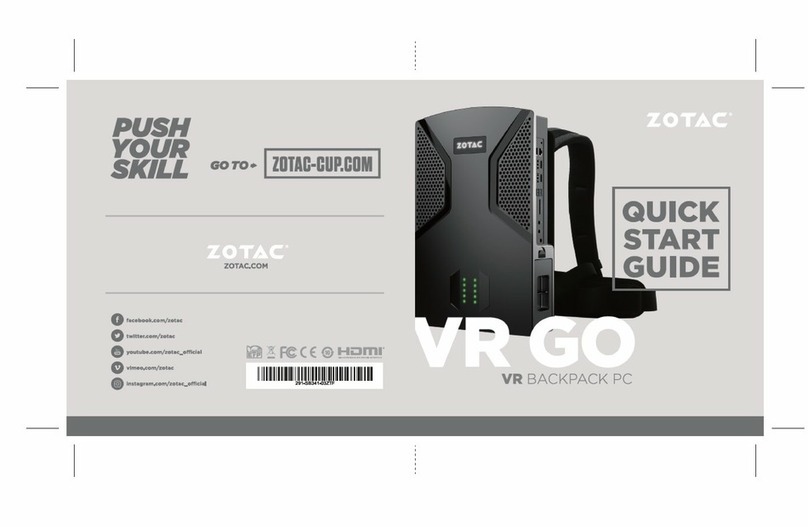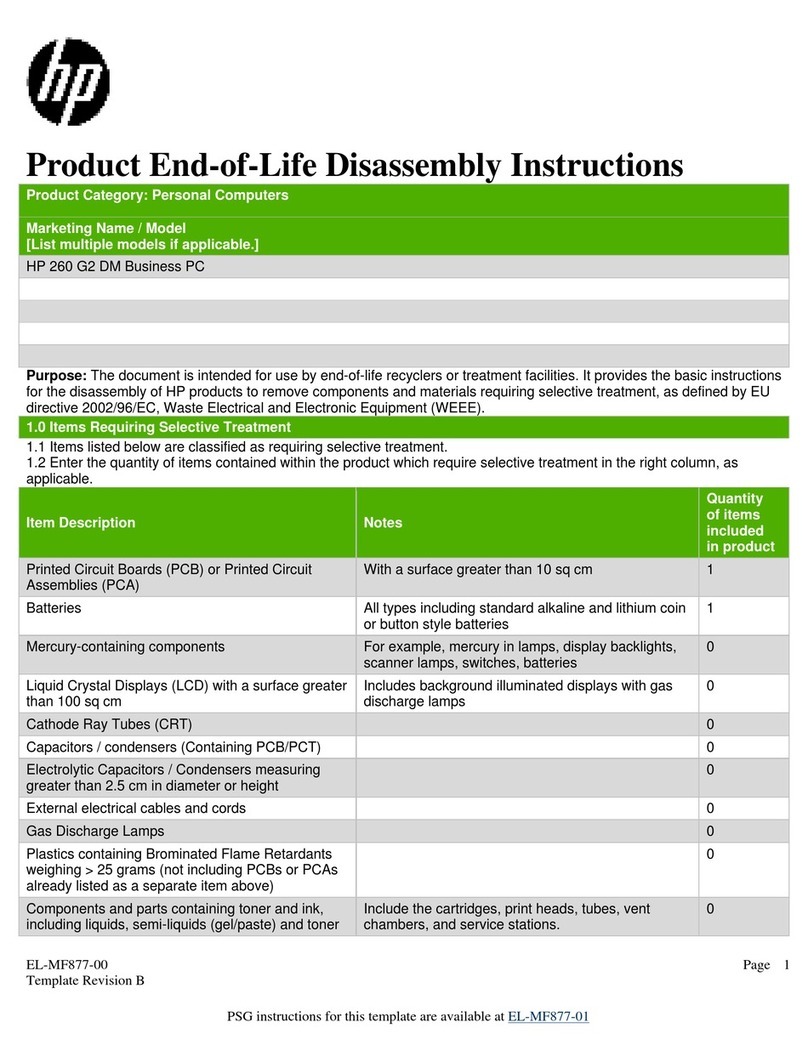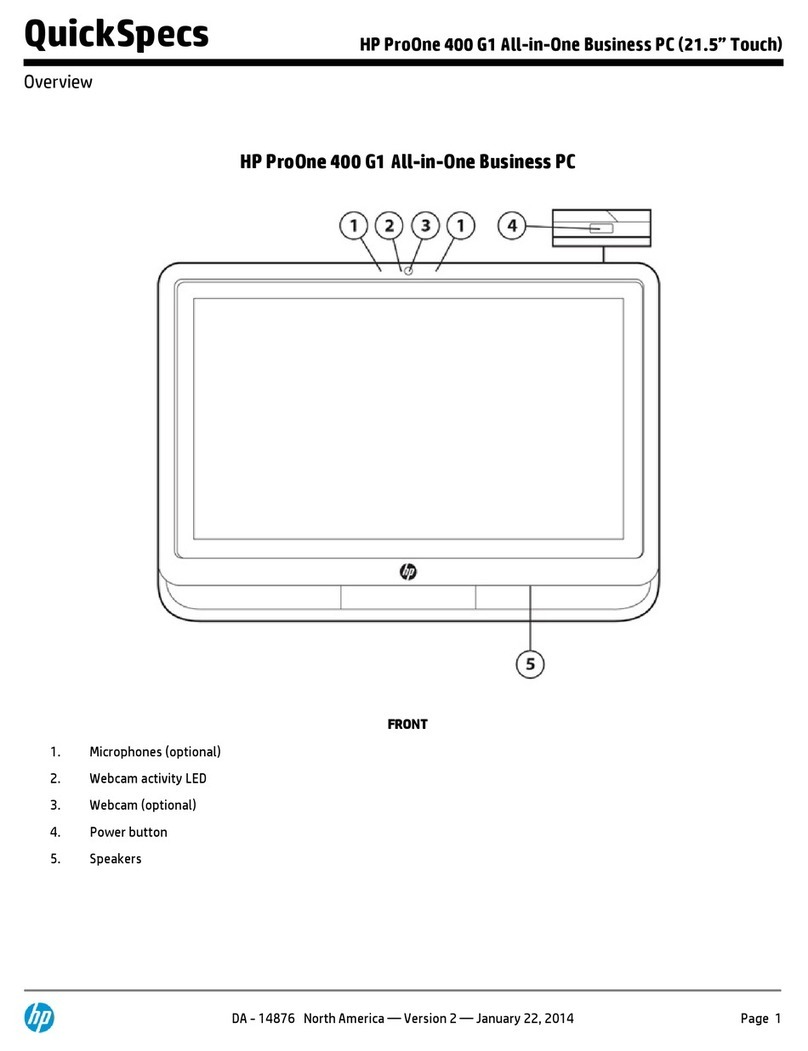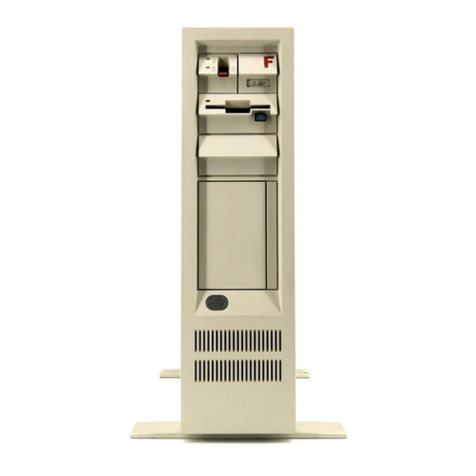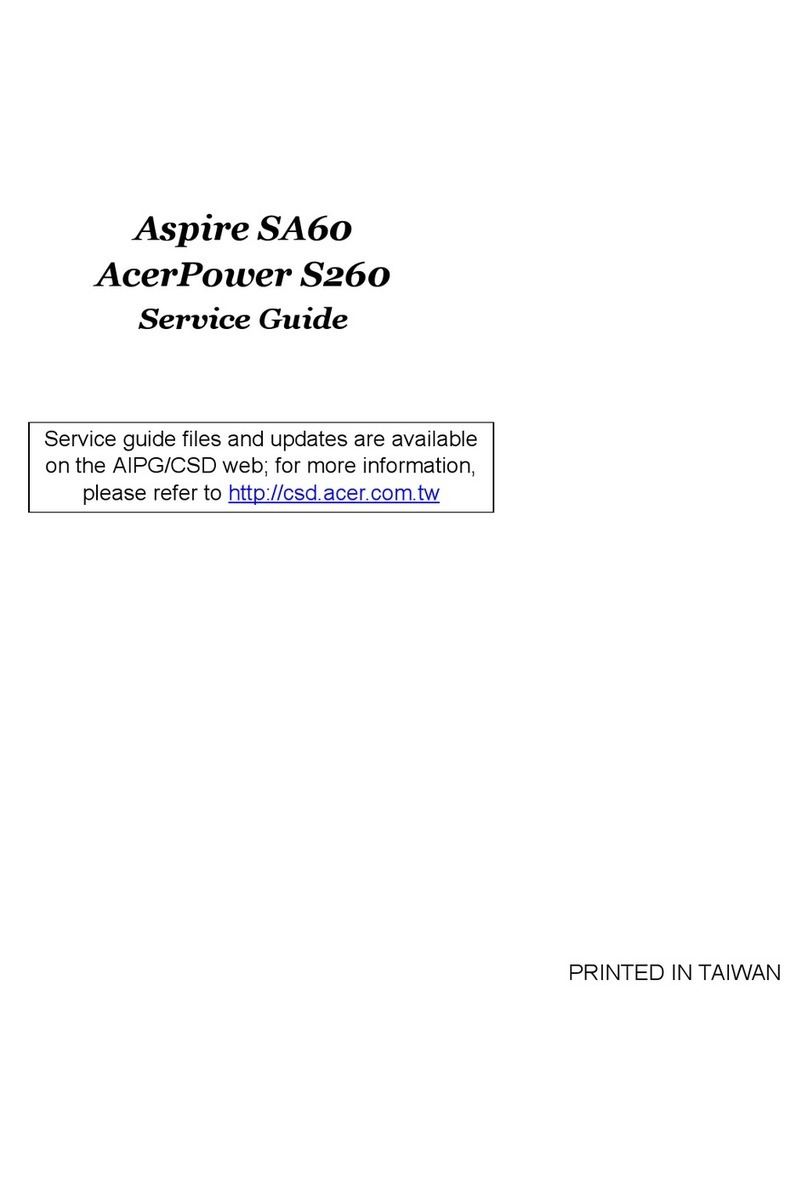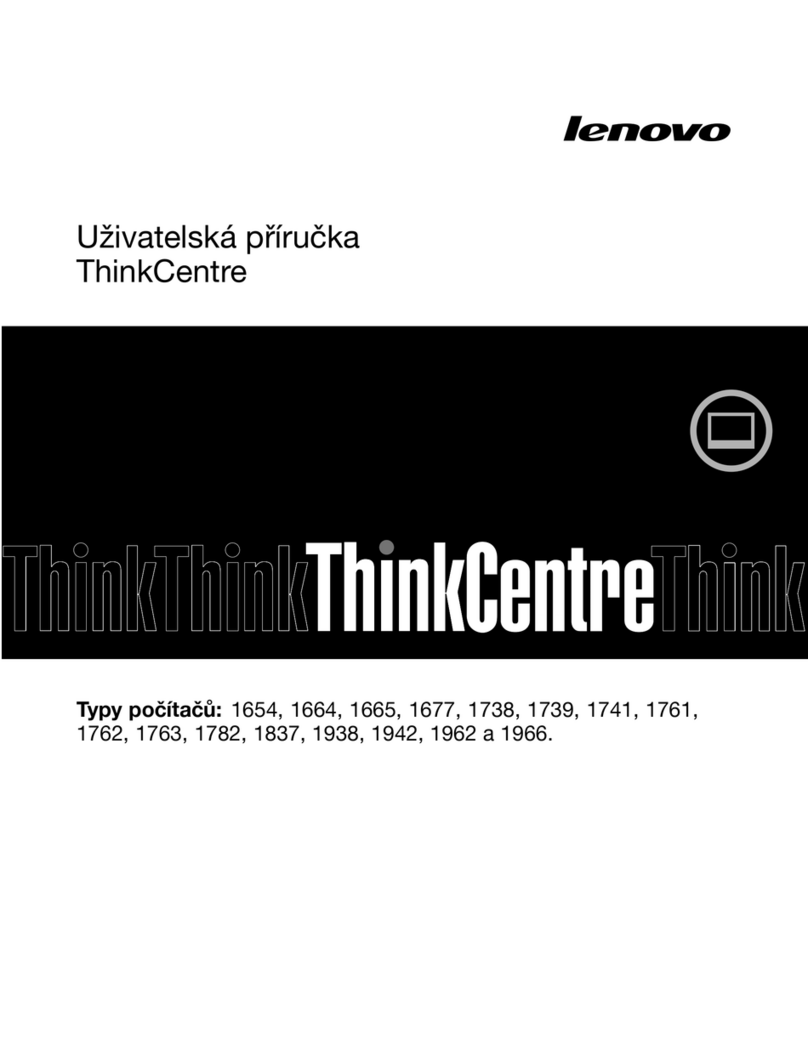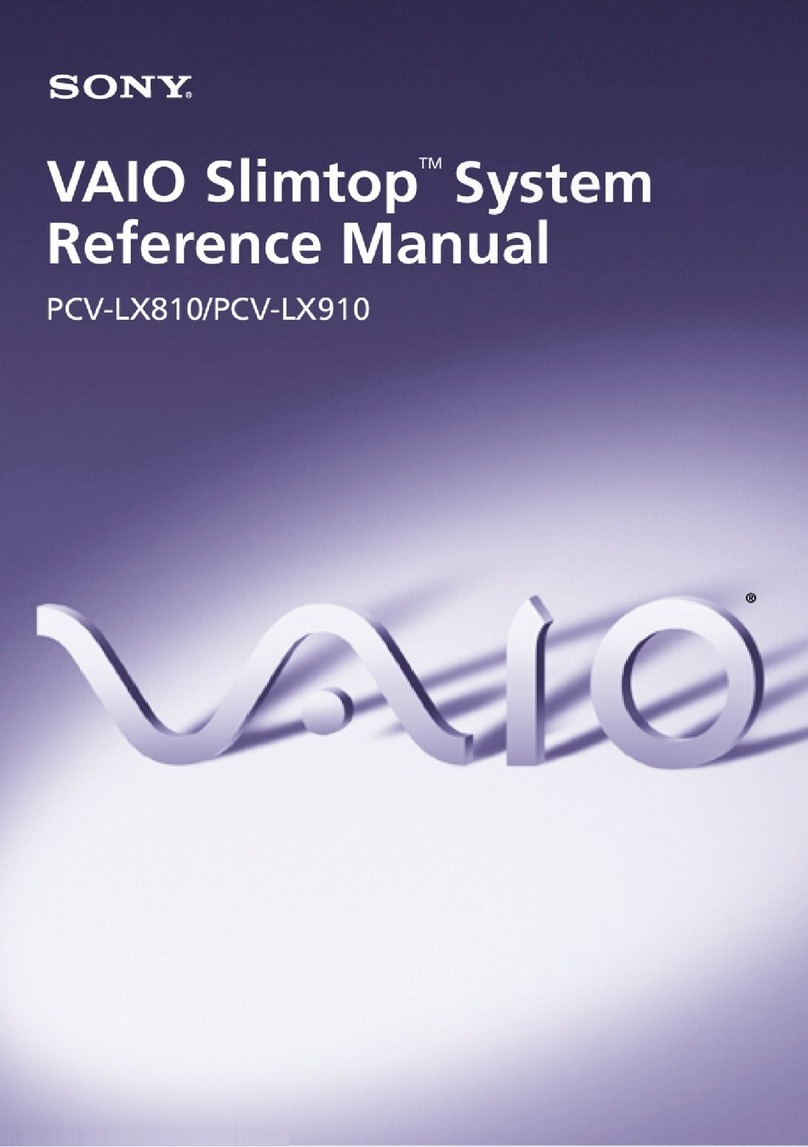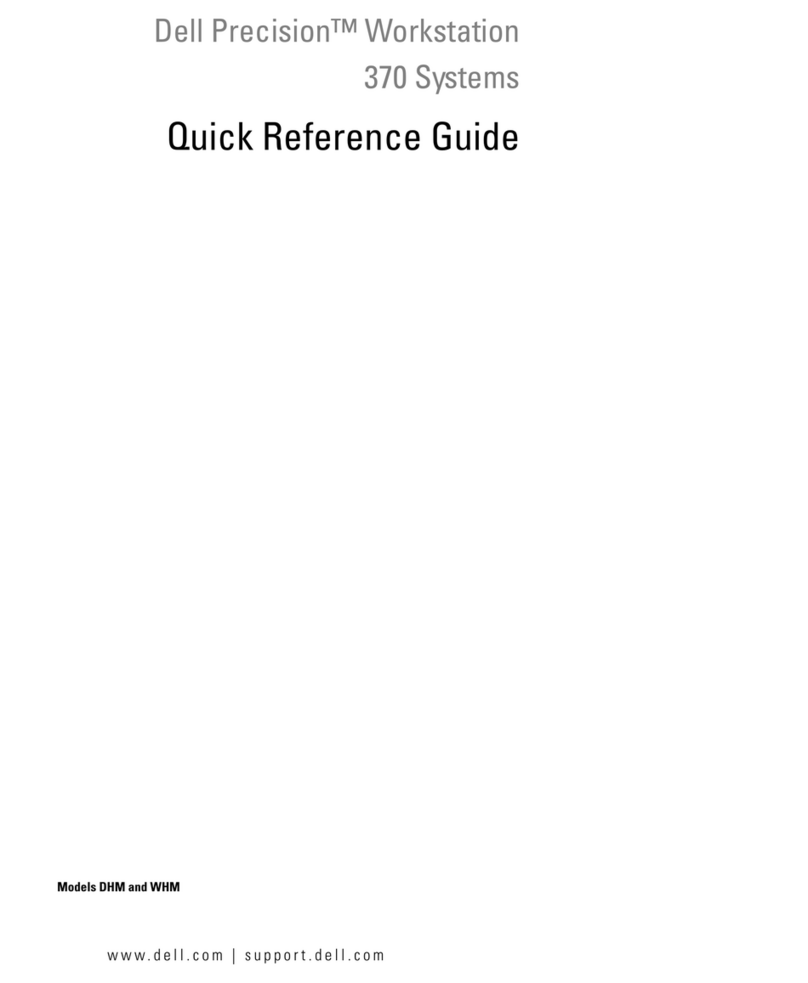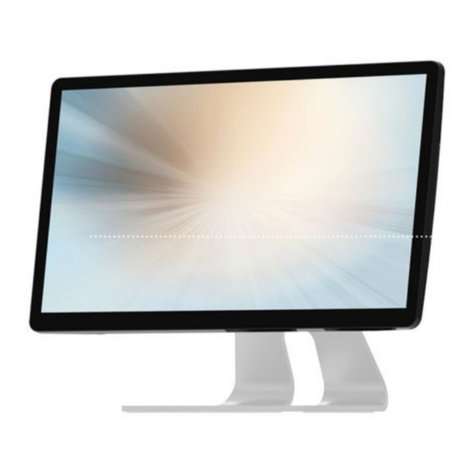
Content
Chapter One Product Introduction.................................................................................................1
1.1 Product Introduction..................................................................................................................1
1.2 Hardware Specification............................................................................................................ 1
1.3 Product Structure Dimension Drawing...................................................................................3
Chapter Two Hardware Function................................................................................................... 3
2.1 Product Appearance................................................................................................................. 3
2.2 External Interface Indication Diagram....................................................................................4
2.3 Front Panel I / O Connector.....................................................................................................5
2.3.1 Serial Port(COM0、COM1~COM12)...................................................................5
2.3.2 Ethernet Interface(LAN)...........................................................................................6
2.3.3 USB Port.........................................................................................................................6
2.3.4 VGA Port..........................................................................................................................6
2.3.5 Power Interface.............................................................................................................. 6
2.3.6 Port(AI、DI、DO)..................................................................................................... 7
2.3.7 Earth Point Usage..........................................................................................................8
2.4 Chassis Internal Module Circuit.............................................................................................. 8
Chapter Three Software Function ...................................................................................................9
3.1 Android System..........................................................................................................................9
3.1.1 VGA..................................................................................................................................9
3.1.2 USB.................................................................................................................................. 9
3.1.3 COM................................................................................................................................. 9
3.1.4 TF Card......................................................................................................................... 10
3.1.5 SATA.............................................................................................................................. 10
3.1.6 WIFI................................................................................................................................10
3.1.7 3G...................................................................................................................................10
3.1.8 Ethether......................................................................................................................... 11
3.1.9 AI.....................................................................................................................................11
3.1.10 DI.................................................................................................................................. 11
3.1.11 DO................................................................................................................................ 11
3.2 Linux System........................................................................................................................... 12
3.2.1 VGA................................................................................................................................12
